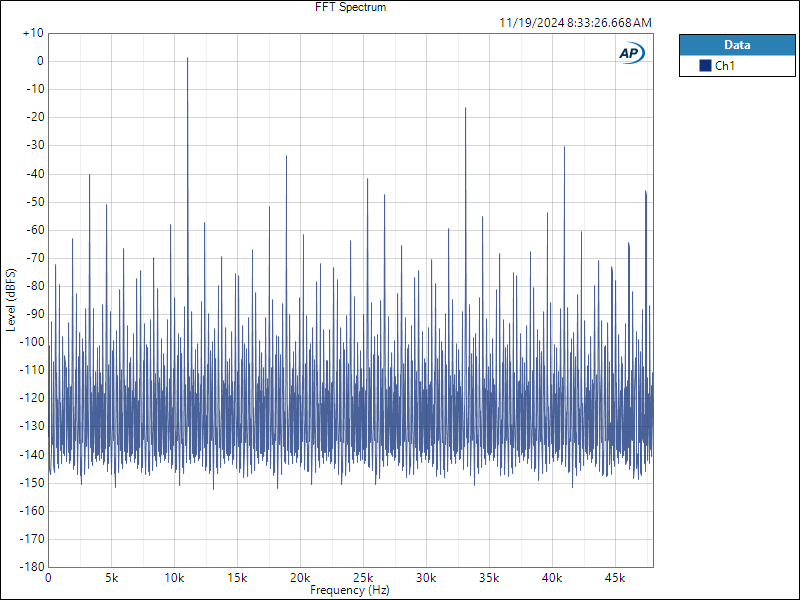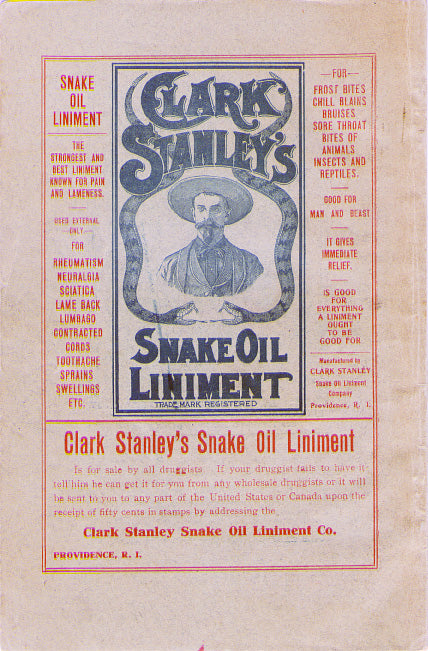Buy one component and save 10% on up to 2 cables. Buy 2 components and get 4 free cables. Free shipping on USA orders over $700.
Buy one component and save 10% on up to 2 cables. Buy 2 components and get 4 free cables. Free shipping on USA orders over $700.
TAS interviews John Siau
by Benchmark Media Systems November 06, 2020

Paul Seydor of The Absolute Sound interviews John Siau, VP and chief designer at Benchmark Media Systems. The interview accompanies Paul's review of the LA4 in the December, 2020 issue of TAS.
"John Siau, Director of Engineering and chief designer at Benchmark Media, knew from an early age that he wanted to design electronic equipment. He enrolled at Syracuse University in 1976 and graduated four years later with a bachelor’s degree in Computer Engineering. Along the way he’d cobbled together an audio system and worked as the sound engineer and mixer for a local band. The fifteen years following his graduation include long stints at CBS and General Electric, plus independent consulting, through all of which he acquired extensive experience in HDTV (receiving two patents for video-image stabilization systems) and developed high expertise with high-speed A/D and D/A converters, ultra-low-jitter phase-locked loops, high-speed digital logic, digital filters and FPGA cores. In 1995 Benchmark hired him to design its first digital product, the AD2004, a 20-bit A/D converter that set new standards for low distortion and won some awards. Soon afterward he joined the company full time, eventually becoming part owner. Away from Benchmark, his musical training includes trumpet and tuba; he is an avid skier; and he and his wife have a large family who on vacations enjoy exploring remote trails and locations. They own a farm, which they lease, though they do enjoy working it from time to time."
"Siau’s many white papers and other pieces about audio are well worth investigating on the Benchmark website."
"His essay “Rules of Thumb for Music and Audio,” which combines useful information, solid practical advice, and wise counsel, will enlighten both tyros and seasoned audiophiles and reviewers."
[Paul Seydor] "Benchmark publishes by far the most exhaustive technical information about its products yet listening also plays an important part in your product design and development."
[John Siau] "At Benchmark listening is the final exam that determines if a design passes from engineering to production. But since listening tests are never perfect, it’s essential we develop measurements for each artifact we identify in a listening test. An APx555 test set has far more resolution than human hearing, but it has no intelligence. We have to tell it exactly what to measure and how to measure it. When we hear something we cannot measure, we are not doing the right measurements. If we just listen, redesign, then repeat, we may arrive at a solution that just masks the artifact with another less-objectionable artifact. But if we focus on eliminating every artifact that we can measure, we can quickly converge on a solution that approaches sonic transparency. If we can measure an artifact, we don't try to determine if it’s low enough to be inaudible, we simply try to eliminate it."
[Paul Seydor] "Can you provide an example from your own work as to how listening revealed something the tests did not and how you went about discovering (with tests) what it was and how you fixed it?"
[John Siau] "One of the most elusive artifacts is caused by inter-sample peaks that exceed 0dBFS. These peaks ..."
Read the entire interview at The Absolute Sound.
Leave a comment
Comments will be approved before showing up.
Also in Audio Application Notes

How Loud is the Distortion from Your Power Amplifier?
by John Siau August 08, 2025
Would you put a Washing Machine in your Listening Room?
If the answer is no, you may be surprised to discover that the distortion produced by your power amplifier may be louder than the noise produced by a major appliance.
Don't believe me? Take a look at Stereophile's test reports:
We selected 7 power amplifiers from Stereophile's top list of recommended amplifiers.
We took Stereophile's "THD+N vs. Power" plots for each, and replotted the data in a format that shows the loudness of the THD+N at the listening position.
The results are shocking!
Amplifier THD+N is louder than expected!
The distortion from your amplifier may be louder than a washing machine on the spin cycle, or it may be totally silent. How does yours perform? The answer is hidden in Stereophile's THD+N plots.
This application note reveals the hidden truth:
"The Distortion from your Power Amplifier may be Louder than a Washing Machine!"
I know, it sounds crazy, but this is what the measurements show!

Interpolator Overload Distortion
by John Siau November 20, 2024
Most digital playback devices include digital interpolators. These interpolators increase the sample rate of the incoming audio to improve the performance of the playback system. Interpolators are essential in oversampled sigma-delta D/A converters, and in sample rate converters. In general, interpolators have vastly improved the performance of audio D/A converters by eliminating the need for analog brick wall filters. Nevertheless, digital interpolators have brick wall digital filters that can produce unique distortion signatures when they are overloaded.
10% Distortion
An interpolator that performs wonderfully when tested with standard test tones, may overload severely when playing the inter-sample musical peaks that are captured on a typical CD. In our tests, we observed THD+N levels exceeding 10% while interpolator overloads were occurring. The highest levels were produced by devices that included ASRC sample rate converters.

Audiophile Snake Oil
by John Siau April 05, 2024
The Audiophile Wild West
Audiophiles live in the wild west. $495 will buy an "audiophile fuse" to replace the $1 generic fuse that came in your audio amplifier. $10,000 will buy a set of "audiophile speaker cables" to replace the $20 wires you purchased at the local hardware store. We are told that these $10,000 cables can be improved if we add a set of $300 "cable elevators" to dampen vibrations. You didn't even know that you needed elevators! And let's not forget to budget at least $200 for each of the "isolation platforms" we will need under our electronic components. Furthermore, it seems that any so-called "audiophile power cord" that costs less than $100, does not belong in a high-end system. And, if cost is no object, there are premium versions of each that can be purchased by the most discerning customers. A top-of-the line power cord could run $5000. One magazine claims that "the majority of listeners were able to hear the difference between a $5 power cable and a $5,000 power cord". Can you hear the difference? If not, are you really an audiophile?

